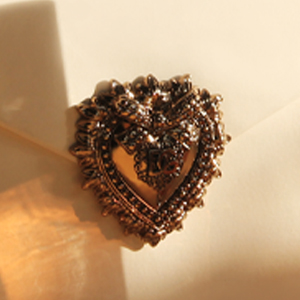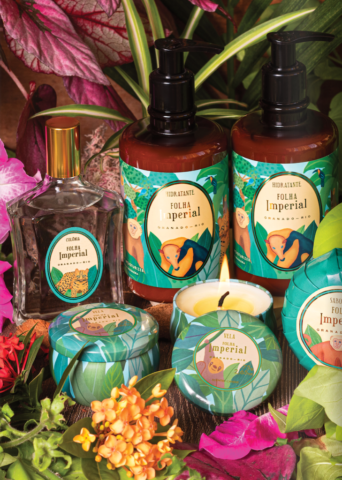Bourgeoisie; The Wonders of Wool
By Adam Snow
“Don’t you see the wool that grows On my back to make your clothes?
Cold, and very cold, you’d be
If you had not wool from me.
True, it seems a pleasant thing,
To nip the daisies in the spring;
But many chilly nights I pass
On the cold and dewy grass,
Or pick a scanty dinner, where
All the common’s brown and bare.
Then the farmer comes at last,
When the merry spring is past,
And cuts my woolly coat away,
To warm you in the winter’s day:
Little master this is why
In the pleasant fields I lie.”
— From “Lazy Sheep” – English Children’s Poem
There are few good ways to combat the bone-chilling wind and rain of British winter. On a cold and dreary winter day, perhaps the only viable solution is to don your most time-tested wool sweater, basking in its warmth and familiarity, before stepping out into the strange winter quiet.
When we do this, very rarely do we think about the strange journey our wool companion has been on. Sheared from the back of a sheep, wool must be cleaned, sorted and spun before it can be knitted and ready to wear. After 235 years, wool makers John Smedley has become remarkably in tune with this process. To honour their tradition of producing high quality, sustainable and ethical knitwear, the company have released their Legacy Collection, which has placed refreshing importance on the wool-making process.

In fact, each sweater in the collection can be traced back to an individual herd, an unparalleled level of traceability that can only be achieved through extreme attention to detail and involvement in every step of the process.
It’s a process that starts in the English countryside – Yorkshire and Somerset – where herds of sheep and alpacas, respectively, are sustainably farmed. The Leicester sheep’s wool is believed to be some of the finest in England, lending the final product with a noble, heavy feel.
Interestingly, it is not just sheep that John Smedley has turned to for wool. In Somerset, Alpaca and Guanaco breeds are bred for their rare and luxurious wool, some of the most sought after in the world. In fact, this collection includes the first-ever British Guanaco products in the world. And while Alpaca and Sheep can be sheared each year, a Guanaco is good for only a small amount of fiber every two years, meaning that its wool is some of the rarest in the world.

Every piece is handcrafted in England, honoring the country’s deep wool making history.
In the spirit of sustainability and appreciation for quality, the fibers are also completely undyed, leaving the original fiber in a beautiful, natural shade. The pieces are so unique personal that every sweater will come out a slightly different colour, depending on the weather conditions experienced by the animal in the year before it gives its wool.
With 235 years of history in England, Smedley has created pieces rooted firmly in the British tradition. The collection is made up of ’50s, ’60s and ’70s style cable-knits, with a heftier build perfect for the dampest December day. Capturing the ruggedness of the British countryside, and pairing it with elegance and appreciation for the quality of wool, which is too often lost, John Smedley has provided a traditional and sustainable take on an iconic British winter wear.

John Smedley’s Legacy Collection pieces are available across men’s and women’s wear, including specially crafted scarves and hats. Shop more John Smedley here.





